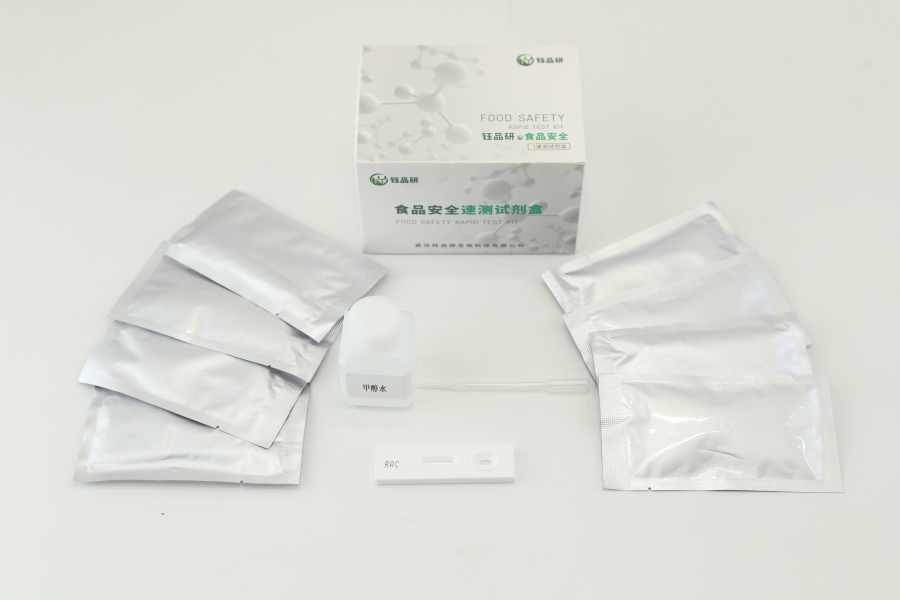As people pay more attention to healthy diets, the safety of aquatic products has attracted more and more attention. Among them, antibiotic residues and microbial contamination are two key factors affecting the quality and safety of aquatic products, posing a potential threat to consumer health and restricting the sustainable development of the aquatic industry. Traditional detection methods are often complicated, time-consuming and costly, making it difficult to meet the market's demand for rapid and accurate detection. Therefore, it is particularly urgent to establish a set of rapid detection programs for antibiotics and microorganisms in aquatic products that integrates accurate quantification and rapid screening.
Precision quantitative detection is a key link in the safety of aquatic products. It can accurately determine the specific residual amount of antibiotics and the number of microorganisms in the sample, providing scientific data support for threat and risk assessment and regulatory decision-making. Through high-precision detection technology, the reliability of the results can be ensured, and misjudgments caused by detection errors can be avoided, thus effectively preventing unqualified products from entering the market. Rapid screening is an important means to improve the detection efficiency. It can conduct preliminary screening of a large number of samples in a short time, quickly identify aquatic products that may have problems, greatly shorten the detection cycle, and gain valuable time for subsequent accurate quantitative detection and processing.
combines accurate quantification with rapid screening to build a "two-sword combination" detection mode, which can give full play to the advantages of both. For daily large-scale sampling or enterprise self-inspection, rapid screening methods can be used for preliminary checks first. For samples with positive or suspected positive screening results, accurate quantitative testing can be carried out to confirm the specific degree of pollution. This mode not only improves the overall detection efficiency, reduces the detection cost, but also ensures the accuracy and authority of the test results, and realizes the effective monitoring of the quality and safety of aquatic products.
The food safety rapid detection reagent produced by Wuhan Yupinyan Bio is dedicated to providing such a comprehensive solution. The antibiotic rapid detection reagent and microbial rapid detection reagent developed by it can meet the different needs of rapid screening and accurate quantification respectively. These reagents are easy to operate and can be quickly completed on site or in the laboratory without the need for complex equipment and professional technicians. Whether it is an aquaculture farm, processing enterprise or market supervision department, it can quickly grasp the safety status of aquatic products through the detection reagent of Wuhan Yupinyan Bio, and timely detect and eliminate potential safety hazards.
In practical applications, this combination of accurate quantification and rapid screening helps to build a whole-process quality control system from source to table. In the aquaculture process, rapid screening reagents can be used to regularly monitor aquaculture water bodies and aquatic products, guide scientific medication, and reduce antibiotic abuse; in the processing process, rapid detection ensures that raw materials are qualified to avoid unqualified products from entering the next process; in the market circulation process, regulatory authorities can use portable rapid detection reagents to conduct surprise inspections to improve the randomness and effectiveness of supervision.
In conclusion, the rapid detection program of antibiotics and microorganisms in aquatic products combined with accurate quantification and rapid screening is an effective means to deal with the current complex aquatic product safety situation. Wuhan Yupinyan Bio will continue to focus on the innovation and development of food safety rapid detection technology, contribute to ensuring the quality and safety of aquatic products, protect the "safety on the tip of the tongue" of consumers, and promote the development of the aquatic industry in a healthier and more standardized direction.


